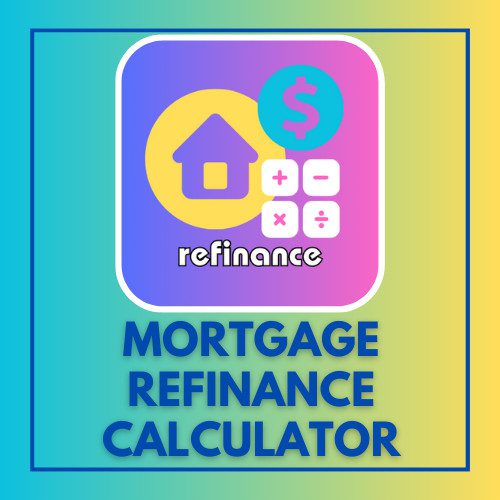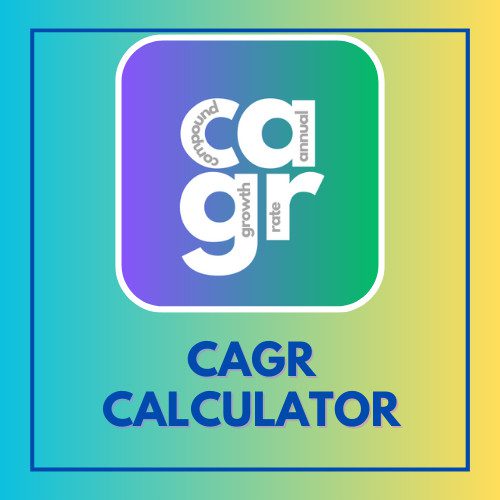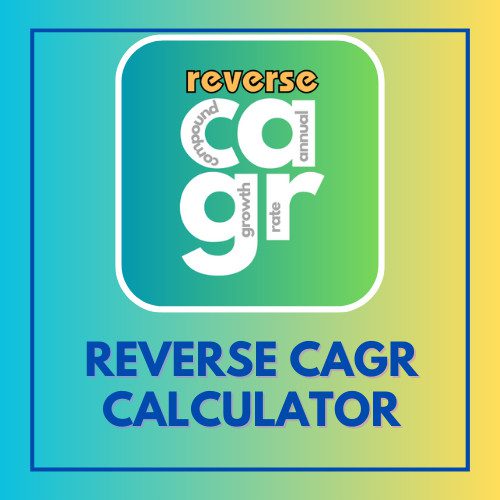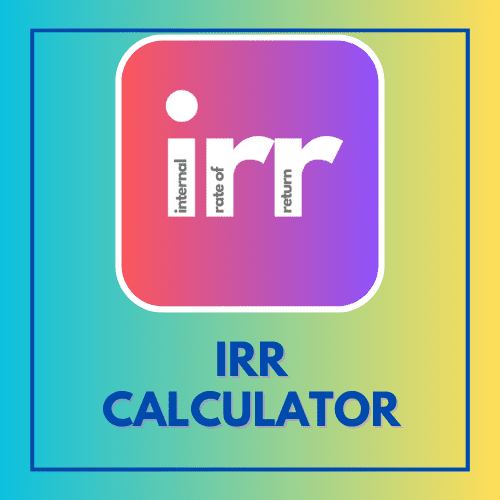This article has been reviewed by Sumeet Sinha, MBA (Emory University Goizueta Business School). Should you have any inquiries, please do not hesitate to contact at sumeet@finlightened.com.
Here’s my attempt to summarize and explain the Bitcoin Whitepaper, with some additional context to make it easier to understand.
Bitcoin, as of writing this article, has a market cap of approximately US $1 Trillion. The growth in the price of a single bitcoin (which can be broken down and traded into 100 million pieces i.e. you can trade 0.00000001 Bitcoin if you want to) has been phenomenal and unprecedented in the last 13 years, from a few cents to over $50,000 per coin.
It all started with a whitepaper – a pdf document that was published on October 31st, 2008. The paper was titled “Bitcoin: A Peer-to-peer Electronic Cash System”, submitted under the name ‘Satoshi Nakamoto’.
Created amidst the Global Financial Crisis, Bitcoin Whitepaper proposed a monetary system that would be fully decentralized so as to not rely on a federal or central governing body to govern it. Bitcoin was proposed as a limited supply asset of which only 21 million coins can ever exist.
Unlike the fiat monetary system (US Dollars, Euros, Japanese Yen, Chinese Yuan, Indian Rupee, etc. – all are fiat currencies), in which the central bank (Federal Reserve or equivalent in different countries) can decide to print money as they wish, Bitcoin cannot be ‘printed’ or produced at will and cannot exceed a total of 21 Million BTC coins.
Basics of Digital Currency and Digital Ledger
When you buy a product at a physical or digital store, you swipe (or tap) your card. You trust the credit card network (Visa, Mastercard, American Express, Discover, etc.) and your bank to record the transaction, and debit the right amount of money from your account.
The shop owner trusts the payment network and their bank to correctly record the transaction and deposit the money in their account. In this simple transaction between you and the shop owner, the trust of recording transactions and moving the money lies on a third party. Bitcoin aims to eliminate the need for this third-party (third-parties, rather).
In order to achieve the goal of eliminating the third parties (such as banks, credit card networks, and payment systems), the bitcoin whitepaper suggested that the Bitcoin network create its own currency or asset, named Bitcoin (BTC).
The BTC can be used in peer-to-peer transactions if both the buyer and seller are on the Bitcoin network. Essentially, BTC would be the ‘cash’ equivalent in the Bitcoin ecosystem. The transactions happening on the Bitcoin network will be encrypted and recorded on the blockchain.
Think of a blockchain as a digital ledger. A blockchain is an electronic ledger that is distributed across multiple computer nodes on a network.
So, instead of a bank keeping track of your transactions in case of traditional (credit card or debit card) transactions, the Bitcoin transactions are encrypted (hence, BTC is a cryptocurrency) and stored on this digital ledger. These Bitcoin transactions are immutable – (practically) no one can change them or delete them – once it goes on the blockchain, it stays there forever. This builds trust in the ecosystem.
Read Related: Should I Invest in Bitcoin?
Introduction to Bitcoin Whitepaper

Abstract From The Bitcoin Whitepaper
“A purely peer-to-peer version of electronic cash would allow online
Abstract from the whitepaper – Bitcoin: A Peer-toPeer Electronic Cash System
payments to be sent directly from one party to another without going through a
financial institution. Digital signatures provide part of the solution, but the main
benefits are lost if a trusted third party is still required to prevent double-spending.
We propose a solution to the double-spending problem using a peer-to-peer network.
The network timestamps transactions by hashing them into an ongoing chain of
hash-based proof-of-work, forming a record that cannot be changed without redoing
the proof-of-work. The longest chain not only serves as proof of the sequence of
events witnessed, but proof that it came from the largest pool of CPU power. As
long as a majority of CPU power is controlled by nodes that are not cooperating to
attack the network, they’ll generate the longest chain and outpace attackers. The
network itself requires minimal structure. Messages are broadcast on a best effort
basis, and nodes can leave and rejoin the network at will, accepting the longest
proof-of-work chain as proof of what happened while they were gone.”
Current State of Online Commercial Transactions
Internet commercial transactions are based on a third-party trust model. Engaging a third party (a financial institution) for commercial transactions incurs costs for both the buyer and seller.
There are occasions where a transaction is disputed, and the third party has to mediate and resolve the dispute. This further increases the cost of the transactions. Higher average transaction costs mean that transactions of low-value (small $$$ amounts) are rather infeasible.
Currently, the transactions are not completely irreversible. Reversible transactions (through mediation) require more information from the buyer and seller, and that also increases the need of putting the trust in the third party.
Having a system that allows reversible transactions also means that there will be fraud from time to time, and in fact, a certain small percentage of fraud is considered ‘acceptable’.
Bestseller Personal Finance Books
The Proposed Solution in The Bitcoin Whitepaper
The authors (the paper says ‘we’) have identified a need for an electronic payment system that works without a third-party financial institution. Instead of requiring a trustworthy third party, the new payment system (Bitcoin ecosystem) will work on cryptographic proof.
The transactions will be recorded chronologically using timestamp servers on the network. The transactions will be irreversible, hence protecting the seller from fraud.
A routine escrow mechanism can be implemented to protect the buyers. The chronological cryptographic proof of transaction will also prevent any double spending problems i.e. a digital currency cannot be spent twice fraudulently.
As long as the network has more ‘honest’ computer nodes with more collective CPU power, the blockchain system is secured against any attacker groups.
Transactions in the Bitcoin Ecosystem
A digital coin, as described in the paper, is a chain or sequence of digital signatures. When one person (sender) wants to transfer the coin to another person (receiver), they (sender) can digitally sign the hash (an encrypted string code) of the previous transaction and the ‘public key’ of the new owner (receiver).
Think of a ‘public key’ as a bank account number, which can be used to receive funds (bitcoins). However, the public key cannot be used to send out coins. For sending out coins to someone else, you need a ‘private key’. Therefore, it is very important to keep your ‘private key’ as secure as possible and only to yourself.
Avoiding Double Spending on Bitcoin Blockchain
In general online transactions, a third-party trusted authority (financial institution) makes sure that a person is not spending the same money twice.
For example, Paypal will maintain a ledger and make sure that you do not send the same dollar twice to someone. If you send $10 to someone, Paypal will deduct it from your balance and maintain the record, hence preventing you from double-spending the same $10.
To avoid double-spending in the Bitcoin ecosystem, all transactions after being verified by the blockchain are made public so that anyone can view the verified transaction. The earliest verified transaction is the single source of truth on the blockchain.
Timestamp Server and Proof of Work
Since the earliest verified transaction is the source of truth, it is important to keep track of transaction timestamps. A timestamp server takes a hash of blocks of items and publishes it to the entire network, hence creating records with timestamps. Each timestamp also contains the previous timestamps in its hash, hence keeping a record of the previous transaction as well, and forming a ‘chain’.
Bitcoin Blockchain is a distributed ledger. In order to implement this system of timestamp servers on a distributed network, a proof-of-work system is needed.
‘Proof-of-Work’ is a computer expending some computational power to generate a hash that meets the requirements of the block. Simply put, a computer (CPU, rather) is required to solve a mathematical problem using some computing power.
This is the ‘work’ we talk about here. Once the CPU’s proof-of-work is satisfied, any further changes cannot be made to the block without redoing the ‘proof-of-work’. Future blocks are further chained to this block, thus making it even harder to make changes to any block.
The ‘proof-of-work’ difficulty increases over time. Also, if the rate of block generation is too fast, maybe due to hardware enhancements, the difficulty increases then as well.
Keeping Blockchain Secure
In the ‘proof-of-work’ system, one CPU is essentially one vote. If a network of honest CPUs does more ‘proof-of-work’, they create a longer blockchain.
Any malicious attacker CPU will have to redo the ‘proof-of-work’ for all the previous blocks in the blockchain, and then surpass the work of the honest CPUs. This becomes exponentially difficult for an attacker to do with each block added.
Broadcast Transactions To Nodes in Network
As described in the paper itself, these are the steps to run the network:
1) New transactions are broadcast to all nodes.
2) Each node collects new transactions into a block.
3) Each node works on finding a difficult proof-of-work for its block.
4) When a node finds a proof-of-work, it broadcasts the block to all nodes.
5) Nodes accept the block only if all transactions in it are valid and not already spent.
6) Nodes express their acceptance of the block by working on creating the next block in the chain, using the hash of the accepted block as the previous hash.
Source: “Bitcoin: A Peer-toPeer Electronic Cash System”
The longest chains are trusted more by nodes, and the nodes keep adding blocks to the longest chain. Important to note here that the new transaction broadcasts do not necessarily have to reach all the nodes. Reaching a high enough number of nodes is sufficient.
Incentive for Nodes in Network (Bitcoin Miners)
The nodes in the network spend computing power for ‘proof-of-work’ blockchain transactions and support the network. The nodes are then rewarded with some bitcoins for their work.
Earning bitcoins incentivizes the nodes (bitcoin miners) to support a decentralized network. The amount of ‘reward’ bitcoin for mining also reduces over time. Approximately every four years, the reward to create a block is halved, this is also known as Bitcoin Halving.
Another incentive for bitcoin miners is transaction fees. Transaction fees are also an important incentive because once all the 21 million bitcoins are mined (which is expected in the year 2140), transaction fees will continue incentivizing the nodes to support the network, as mentioned in the bitcoin whitepaper.
Payment Verification Method
The payment verification can be done by a user by looking at the longest ‘proof-of-work’ chain of blocks. Only the headers of the blocks suffice for verification. A block header has 6 pieces of key information:
- Version number
- Previous Block hash (important because that is how a ‘chain’ of blocks is built)
- Merkle Root hash (a Merkle Root is a quick and efficient way to get a list of all transactions)
- Timestamp
- Difficulty Target (it is Bitcoin’s mechanism to adjust the block generation speed for more computing power. The higher the computing power available in the network, the more difficult it becomes to mine a block. The aim is to adjust difficulty target so as to maintain creation of a block every 10 minutes, approximately)
- Nonce (a random number that can be used only once)
Privacy Concerns
In banks, as we know, the transactions are fairly private because banks do not need to divulge the information to anyone else. Banks themselves verify transactions and are the ‘trust’ authority. However, in the case of Bitcoin, the transactions are announced publicly to the network.
Even in that case, privacy can be maintained if the public key is kept anonymous. In that way, even though anyone can see the transaction, they cannot link it back to any person.
The paper says this is similar to looking at transactions in the stock exchange – i.e. you can see the buy and sell transactions happening, but you don’t really know who exactly is buying or selling those shares.
The bitcoin whitepaper acknowledges the risk that if the public key is linked back to an owner, it is also possible to track the owner’s other transactions.
Calculations Using Binomial Random Walk
The paper demonstrates some calculations using Binomial Random Walk on why it is highly improbable that an attacker node can manipulate a blockchain. If interested in a detailed explanation, please read section 11. in the bitcoin whitepaper here: “Bitcoin: A Peer-to-Peer Electronic Cash System”.
Conclusion on The Bitcoin Whitepaper
The bitcoin whitepaper proposes a payment system using digital coins and digital signatures without needing a third party to trust with the record-keeping of the transactions. The proposed system will prevent cases of double-spending by using the ‘proof-of-work’ model and public announcements of verified transactions.
The transactions are immutable, and the system will remain incorruptible as long the collective CPU power is controlled by honest nodes. Satoshi goes on to demonstrate how it is infeasible for an attacker to catch up with honest nodes and corrupt the blockchain by modifying all blocks and creating a longer blockchain.
The paper also talks about privacy in the ecosystem by keeping the public keys anonymous.
If you hadn’t read the bitcoin whitepaper previously, I hope it gave you some insights into the project’s foundation and the thought process behind it. If you’d read it already before, I honestly hope this article helped you understand the bitcoin whitepaper a little better. Cheers!

Read more
Popular Topics: Stocks, ETFs, Mutual Funds, Bitcoins, Alternative Investing, Dividends, Stock Options, Credit Cards
Posts by Category: Cash Flow | Credit Cards | Debt Management | General | Invest | Mini Blogs | Insurance & Risk Mgmt | Stock Market Today | Stock Options Trading | Technology
Useful Tools
Student Loan Payoff Calculator | Mortgage Payoff Calculator | CAGR Calculator | Reverse CAGR Calculator | NPV Calculator | IRR Calculator | SIP Calculator | Future Value of Annuity Calculator
Home | Blog
Our Financial Calculator Apps

Page Contents
















